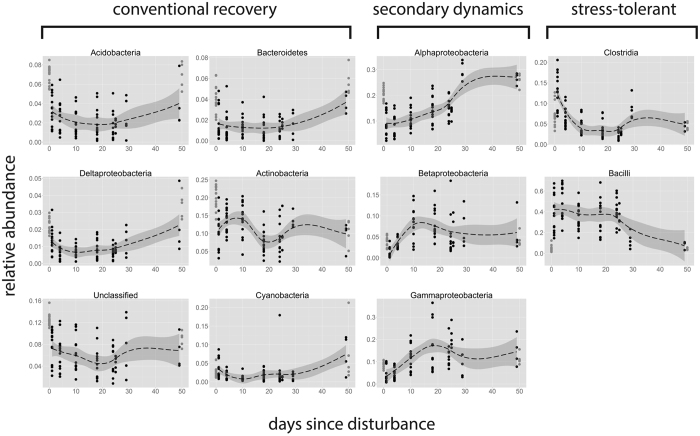Figure 4. Phylum- and proteobacterial class-specific response patterns to disturbance.
The responses of the relative abundance of dominant bacterial phyla, sorted according to the temporal patterns observed. From left to right, dominant phyla/classes exhibited either a conventional recovery, i.e. decrease following the disturbance and gradual recovery; negative secondary dynamics, i.e. negatively affected by the disturbance but rapidly recovering by the secondary response phase; or survivors, i.e. increase immediately after the disturbance, but gradual decrease thereafter. The groups displayed represent 96.5% of the community on average. The same data normalized by 16S rRNA abundance is available in Supplementary Information, S3.

